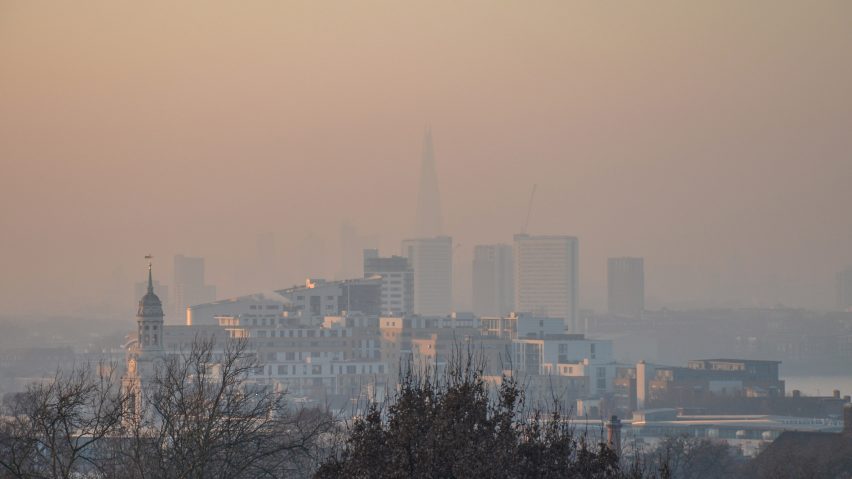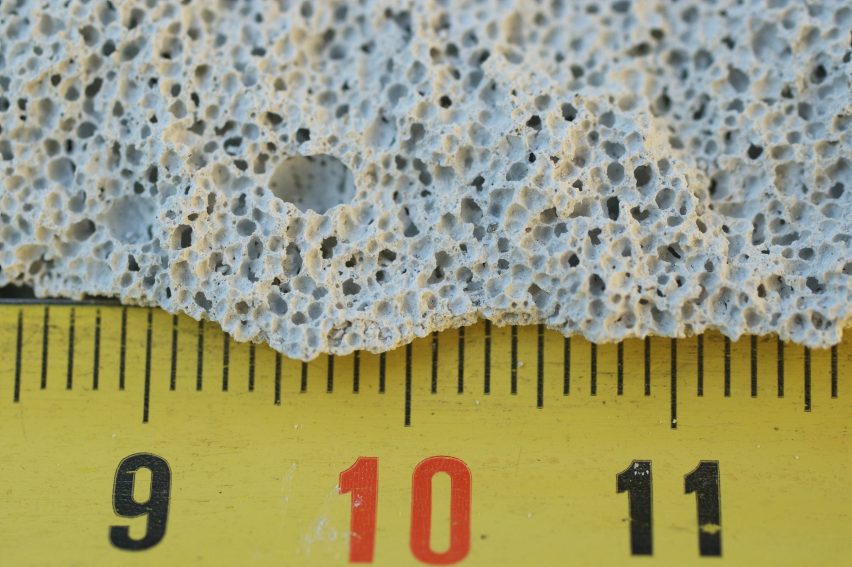
RIBA calls for "urgent audit of public buildings" amid RAAC crisis
The Royal Institute of British Architects has called for an investigation into the condition of public buildings in light of the ongoing RAAC crisis that is impacting schools across England.
The institute said that public buildings must urgently be assessed for the presence of ageing RAAC – reinforced autoclaved aerated concrete – due to safety concerns around the material.
It follows the closure of parts of 147 schools in England this week after they were found to have structures made with ageing RAAC, putting them at risk of collapse.
Known for its bubbly texture, RAAC was once commonly used as a lightweight and cheaper alternative to traditional concrete. It was used to construct thousands of public buildings such as schools and hospitals between the 1950s and 1990s in England.
However, the material is understood to have a lifespan of about 30 years and is susceptible to collapsing with little to no notice.
"RAAC failure goes beyond schools"
The Royal Institute of British Architects (RIBA) has called for an industry-led task force to be established to deal with RAAC in schools, while simultaneously examining other public architecture in England to uncover the extent of buildings made with the material.
"Alongside funding the mitigation of immediate safety risks through an industry-led task force, the government must publish the Condition of Schools Survey without delay, to expose the full scale of this problem," said RIBA chair of board Jack Pringle.
"It's also clear however that RAAC failure goes beyond schools, and that's why the government must undertake an urgent audit of public buildings to identify how widespread it really is."

It comes as a team of experts from Loughborough University also warned the government that thousands of government and privately-owned buildings must be checked for RAAC.
RAAC is typically found in buildings' roofs, but occasionally in walls and floors too.
The use of the material in schools came into the spotlight in 2018 following the roof collapse at a primary school in Kent just 24 hours after it began showing signs of structural stress.
However, it is only in the last week that it has dominated the headlines, due to the sudden closure of schools just as the new school year was about to begin.
"RIBA has long voiced serious concerns"
Many of the schools that have faced closure had been set for renewal under a Labour scheme named Building Schools for the Future (BSF), but this was later scrapped by the Conservative-led coalition government in 2010.
Currently, the number of schools requiring repair works outstrips the available government funds.
RIBA said it has issued "repeated warnings about the dangerous condition of England's school estate", including in a study it launched in 2016 that explored "how good design can help ensure that capital funding for schools stretches as far as possible".
"RIBA has long voiced serious concerns about the condition of school buildings," said Pringle.
"Our 2016 study – Better Spaces for Learning – highlighted that pupils and teachers are struggling to learn and teach in conditions damaging to their health and education."
Former RIBA president Simon Allford also shared his concerns in a statement.
Allford described the closures as "shocking" and said that the "government has failed" in its duty to ensure the safety of schools.
"All young people and staff deserve to learn and work without fearing for their safety," Allford said.
"We have repeatedly raised concerns about the dangerous state of some school buildings – and the government has failed to fund desperately needed repairs," he continued.
"The government must now make it an immediate priority to identify the extent of remediations necessary and fund them without delay."
In recent years, the UK government has also come under fire from the RIBA in light of its response to the removal of flammable cladding on housing following the deadly Grenfell Tower fire in June 2017.
RIBA said the British government was "naive" to only fund the removal of Grenfell-style cladding on housing over a certain height.
"Whilst additional funding to speed-up cladding remediation on residential buildings above 18 metres must be welcomed, I am frankly shocked by the Government's continued underestimation of the scale of our building safety crisis," said Jane Duncan.
Main image is by Adam Cowell via Shutterstock.